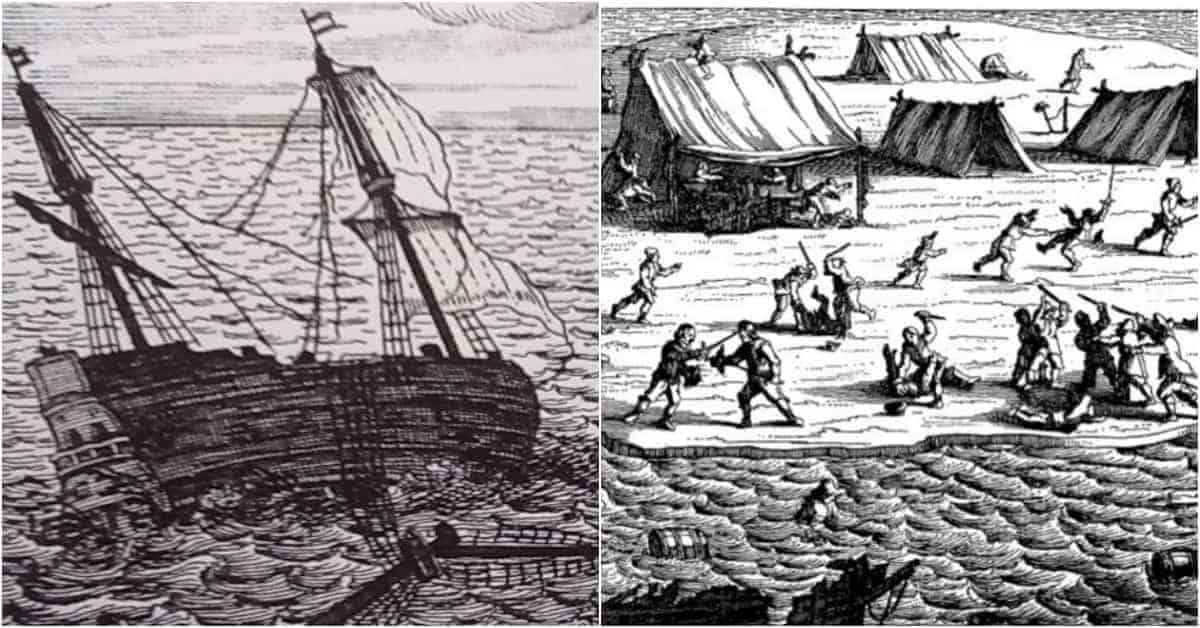During the 17th century, the average European viewed the tropics as a dark and mysterious place. They were the sort of places that many feared to visit. Many tropical colonies were even referred to as the “white man’s grave” due to the high mortality among European colonizers in these places from tropical diseases like malaria.
The threat of an early grave loomed large for those who were sent to manage these far-flung outposts of empire. And surely, it must have weighed heavily on the minds of those aboard the Batavia.
Setting sail on her maiden voyage from the Netherlands to the Dutch East Indies in 1628, the ship was tasked by the East India Company to carry a load of much-needed silver to sustain the company’s operations in the colony.
The people on board were a motley collection of hard-bitten sailors, soldiers, and colonists, all under the command of senior merchant Francisco Pelsaert. The passengers and crew must have felt some fear at the idea of a long voyage to such an unforgiving environment.
What they didn’t realize is that what they should have feared most was not a disease; it was each other.
In fact, the man they should have feared most was Jeronimus Cornelisz. Cornelisz was a bankrupt pharmacist fleeing the city of Haarlem. He was hounded by accusations of associating with a heretical Dutch painter popularly known as “Torrentius.” Torrentius’s libertine lifestyle and unorthodox religious beliefs led to a trial and the persecution of his followers. We don’t know for certain that Cornelisz bought into the painter’s ideas, but we do know that he decided to flee the city within a few weeks of the trial and secured a position as under-merchant on the Batavia.

Once onboard, Cornelisz quickly struck up a friendship with the ship’s skipper, Ariaen Jacobsz. The pair bonded over their shared distaste for their commander, Francisco Pelsaert. Cornelisz and Jacobsz were both convinced that Pelsaert was a tyrant who dealt out unfair punishments on the crew. And together, they hatched a plot to remove him from command. The plan they came up with was to organize a mutiny, take command of the ship, and use the ship’s hoard of silver to start a new life somewhere far from the reach of the Dutch Navy.

Cornelisz’s plan to turn the crew against Pelsaert centered on another passenger, Lucretia Jans. Jans was one of the few young, attractive women on board and most of the crew instantly desired her, including Cornelisz. Cornelisz decided to have a group of men assault Lucretia while wearing masks, which meant that Pelsaert wouldn’t know who to punish for the attack. That would require him to discipline the crew at random, driving the men to mutiny. And so, one dark night at sea, a group of masked men prowled the decks of the Batavia, searching for their prey.

